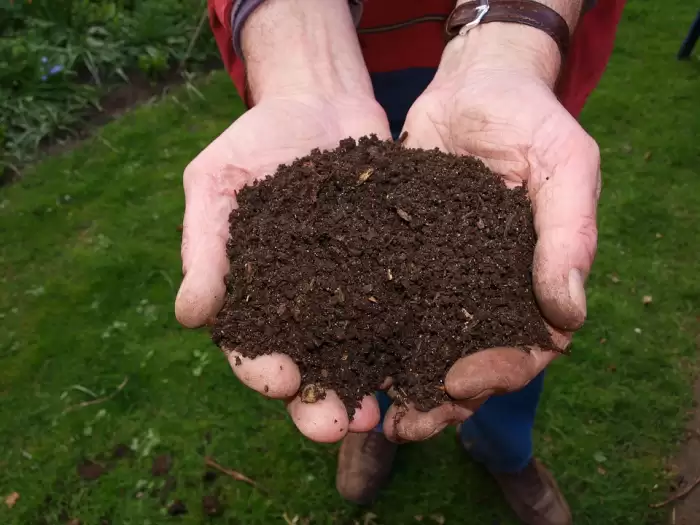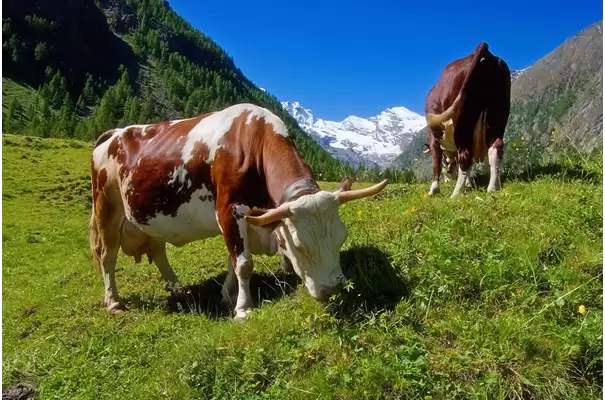Agriculture is one of the leading contributors to climate change. Fortunately, it’s also our greatest hope for reversing the damage—if we start to do it right! Today, sustainable agriculture is experiencing a resurgence with regenerative farming. Most businesses use safe and sustainable farming practices and partner with other forward-thinking farms to bring youCBDthat’s making a difference in more ways than one.
Find out why this issue matters to everyone and what you can do to help!
Conventional and Sustainable Agriculture: What’s the Difference?
In the early days, farmers would plant crops, watch expectantly for the rain, and eat a fresh, seasonal, local diet. They rotated their crops to rest each field and built up the topsoil with organic matter. In this model, farming was sustainable and helped maintain a balanced ecology.
Today, new technologies and a shrinking pool of farm personnel have meant that much of agriculture is done with machinery. Chemicals are used to enhance soil fertility, control weeds, and mitigate pests almost instantly while bees are trucked in to pollinate crops. In this model, a single farmer can produce large quantities of food with little help, but the effects on the environment—and our health—can be devastating.
The Problems Everyone Is Trying to Solve
Ultimately, everyone has the same aim: to produce healthy crops and sell them to consumers. But the mindsets of conventional and sustainable agriculture are different. Whereas conventional agriculture asks, “How can we achieve the greatest yield with the fewest inputs?,” sustainable agriculture and regenerative farming ask, “How can we use agriculture to restore the environment?”
Put another way, the first approach is focused on “taking,” whereas the second approach is focused on “giving”—building up the soil, cleaning up the water, and improving air quality by absorbing carbon. In the long term, the “giving” approach can actually make the land more fertile, leading to more abundant crops without the need for chemicals. That’s where we start to reap the rewards.
How Sustainable Agriculture Works
For agriculture to be sustainable, we need to give as much as—or more than—we take. This means creating closed-loop systems in every part of the operation:
Irrigation
- Use solar-powered pumps to move water around the farm
- Irrigate in the cool of the day to reduce evaporation
- Filter and direct irrigation water back into holding ponds and/or groundwater aquifers
Soil Structure
- Add organic matter to replace the material removed duringharvest
- Plant cover crops to replace the nutrients used in each field
- Protect soil microbes with the use of mulch and the absence of chemicals
Air Quality
- Sequester as much (or more) carbon as we emit
- Plant hedgerows and windbreaks to protect crops from the weather
- Use machinery only when necessary
Waste Elimination
- Use all parts of the plant to create a range of products
- Compost leftover material and return it to the soil
- Plant the amount that we can reasonably expect to sell
By closing the loops with sustainable agriculture, we not only use fewer external resources, but also avoid polluting the soil, water, and air with one-time-use chemicals that turn into waste products. It works, it makes sense, and it’s the only way farming can continue indefinitely!
Beyond “Sustainable”: Regenerative Farming

The reality for sustainable agriculture today is that we’re starting way behind in the game. It’s not enough to create closed loops: we need to absorb the waste that’s built up over the past century (or more) without creating additional waste.
Currently, the world has:
- 419 parts per million atmospheric carbon dioxide(the safety threshold is 350 ppm)
- 33% degraded soil
- 80% of wastewater dumped back into the environment
If we have any chance of cleaning this up, we need to use practices that draw in more waste than we create. That’s where regenerative farming comes in.
Techniques Used in Regenerative Agriculture
Coined by Robert Rodale in 1989, the term “regenerative agriculture” seeks to reverse climate change by sequestering carbon and restoring biodiversity. The primary techniques that are used come from permaculture and organic cultivation:
- Cover crops
- Crop rotation
- Composting
- Conservation tillage
- Pasture cropping
- Mobile animal shelters
When used consistently, these sustainable agriculture techniques can sequester massive amounts of carbon from the air, improve the soil, and restore the water cycle. For example, if everyone in America composted their fruit scraps and food waste, it would be theequivalent of removing 7.8 million cars from the road. Apply this on a larger scale, and you can see just how exciting this is.
Hemp: The Perfect Crop for Sustainable Agriculture
When we’re talking about an excess of 70 parts per million of carbon dioxide,hempprovides an innovative solution. According to the European Industrial Hemp Association, hemp sequesters15 tonnes of carbon per hectare, per growing season(approximately six months) compared to0.7 to 7.5 tonnes per hectare, per yearin a temperate forest.
While hemp draws down carbon from the air, it also soaks up pesticides from the soil anddraws nutrients from deep down below, depositing them on the surface when the leaves drop on the ground. Its function as a sponge is why hemp was used to clean up afterChernobyland also why it’s crucial to buy organic hemp that’s third-party tested. After all, you don’t want to ingest radioactive waste!
Also Read:The Ultimate Home Farm: 5 Tools You Need
Get Involved with Sustainable Agriculture
If you want to help reverse climate change, sustainable agriculture is the only way. And while we can’t all be farmers, we can all do our part. Besides reducing your emissions to a minimum, the following actions—when combined—can have a powerful effect:
- Buy local, organic produce
- Source meat only from regenerative farms
- Grow your favorite herbs in pots in your home
- Fill your available space with pesticide-free plants
- Compost your food scraps or feed them to a pet
- Use your laundry water for irrigation (don’t forget to choose biodegradable detergents!)
- Switch to renewable sources of power like solar
- Wear sustainable clothing made from organic linen and hemp
- Support regenerative initiatives wherever you can
We’re all responsible for our share of the environment, and our choices really do make a difference for a healthier tomorrow!
